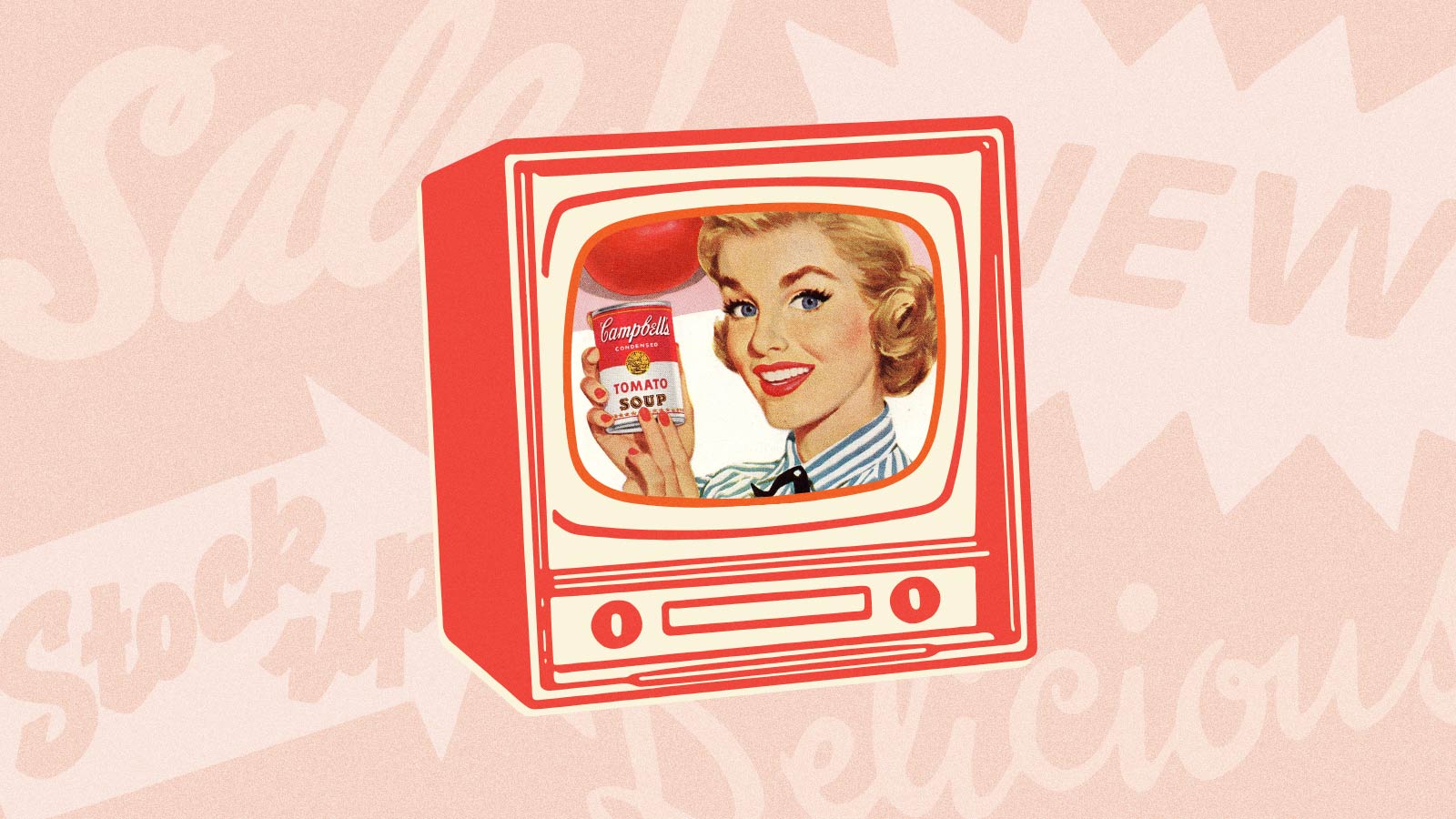Advertising has a long and evolving history beginning in ancient times with rock carvings. Egyptians used papyrus sheets and hieroglyphics to sell their products and services and to communicate with one another. Painted messages and illustrations left on walls in communities and businesses in Ancient Rome were another rudimentary start to advertising’s evolution.
One of the most notable steps toward modern advertising came with the development of printing in the 15thcentury. In the 16th century, once newspaper publishers realized that advertising could be used to defray the cost of printing and distribution, the first weekly gazettes were produced.
In the 20th century, advertising agencies began creating all the advertising messaging, including copy, artwork and strategy. Fast forward to 2021, and agencies have perfected the art of selling through various modes of communication.
However, the process of advertising is anything but simple. As advertisers plan and execute integrated advertising campaigns, we immerse ourselves in our client’s brands, analyze piles of consumer research and cultural trends, and combine our love of art, society and psychology to make an impact.
Art
Art and advertising may seem quite opposite from one another. But, just as art is molded through a creative process, advertising fuses creativity and art to create powerful brand stories. Art in advertising can be found in diverse forms: photography, digital development, packaging design, videography, illustrations and much more.
Every advertisement, from the magazine ads you flip through to the highest quality Super Bowl commercials, incorporate art and design in production. Even advertisements that consist of only copy are artfully crafted by writers and editors to share the perfect story. Although it may seem trivial, every detail, from word choice to font style, typography hierarchy and color, is thoughtfully debated and impacts the final message. Both art and advertising provoke emotion, action and response from audiences. But advertising goes a step further. It is a fine-tuned craft used to persuade consumers and convey messages.
Culture
Not only are advertisements art forms, but they are illustrative bites of history that are culturally inspired.
As advertising informs public discourse and responds to consumer habits, it is more important than ever for brands to stay relevant by responding to cultural and societal trends and movements. Just as important as staying up to date on current trends, is our social responsibility with the ads that we create. We must be mindful of potential implications and take diverse perspectives into consideration at every stage of the campaign process. As our society evolves and progresses, advertising continues to play a key role in bringing social responsibility to the forefront of consumers’ minds.
For example, in the wake of George Floyd’s death, Ideabar awarded $250,000 of in-kind marketing services to the Martin Luther King, Jr. Center for Nonviolent Social Change, an Atlanta-based nonprofit dedicated to preparing global citizens to create a more just, humane and peaceful world using Dr. King’s nonviolent philosophy and methodology.
Consumers and advertisers alike are influenced by culture and community, and advertisers understand the crucial importance of adapting to, and even calling into question, societal norms and consumer habits.
Psychology
At the core of insights is consumer behavior and thought. The why behind the what. Here at Ideabar, we love data. We love dissecting piles of quantitative data to impact our strategy and learning about consumer behavior through qualitative efforts like focus groups and surveys.
While psychology investigates human nature and the inner workings of the mind, advertising explores the art of influencing consumer behavior. Psychology comes into play in every major decision in an agency’s process. From selecting particular colors to evoke certain emotions, to positioning a brand to best appeal to a specific demographic, any good marketing strategy is built on a foundation of psychological understanding.
At our core, we build brand awareness and support our clients’ business. Although advertising is most notably known as the business of selling goods and services, it’s also a creative process that fuses design, culture, language, society and psychology to inform consumer behavior and public discourse.

